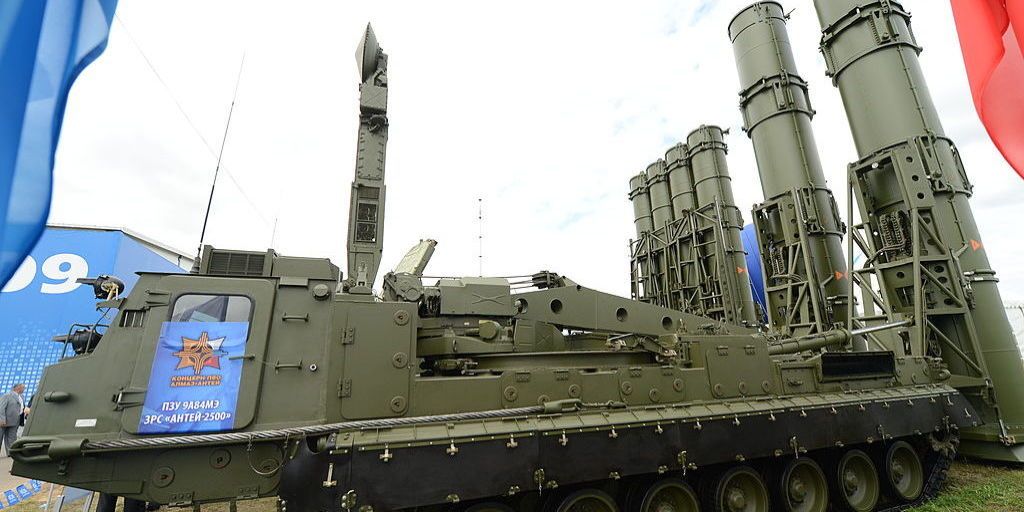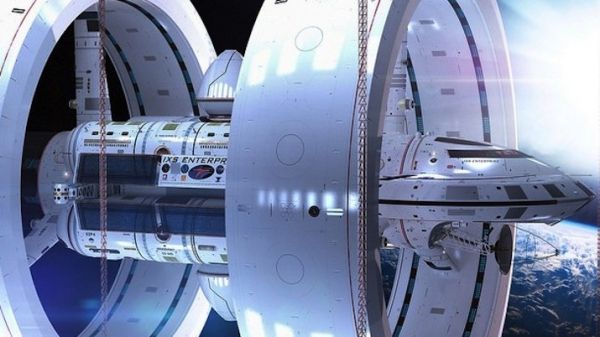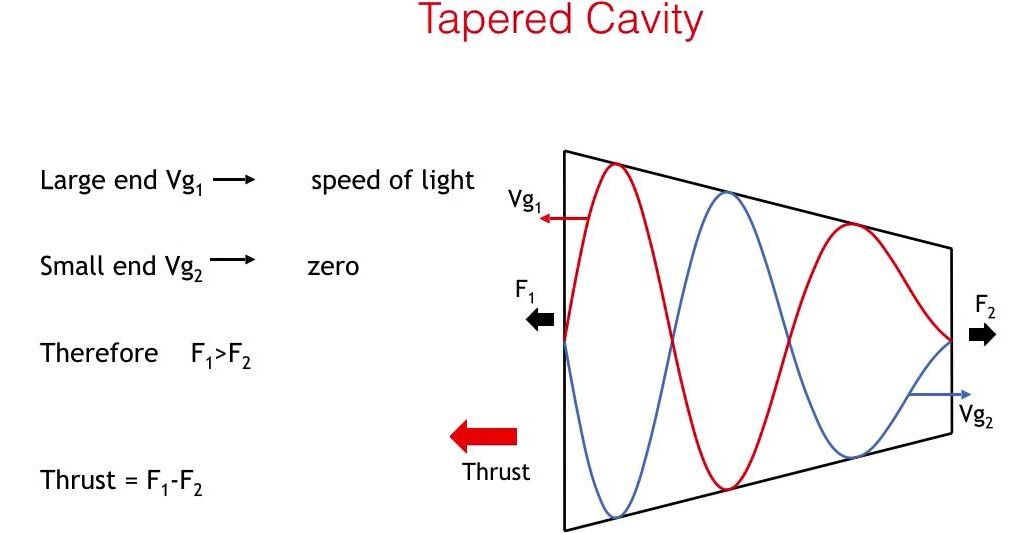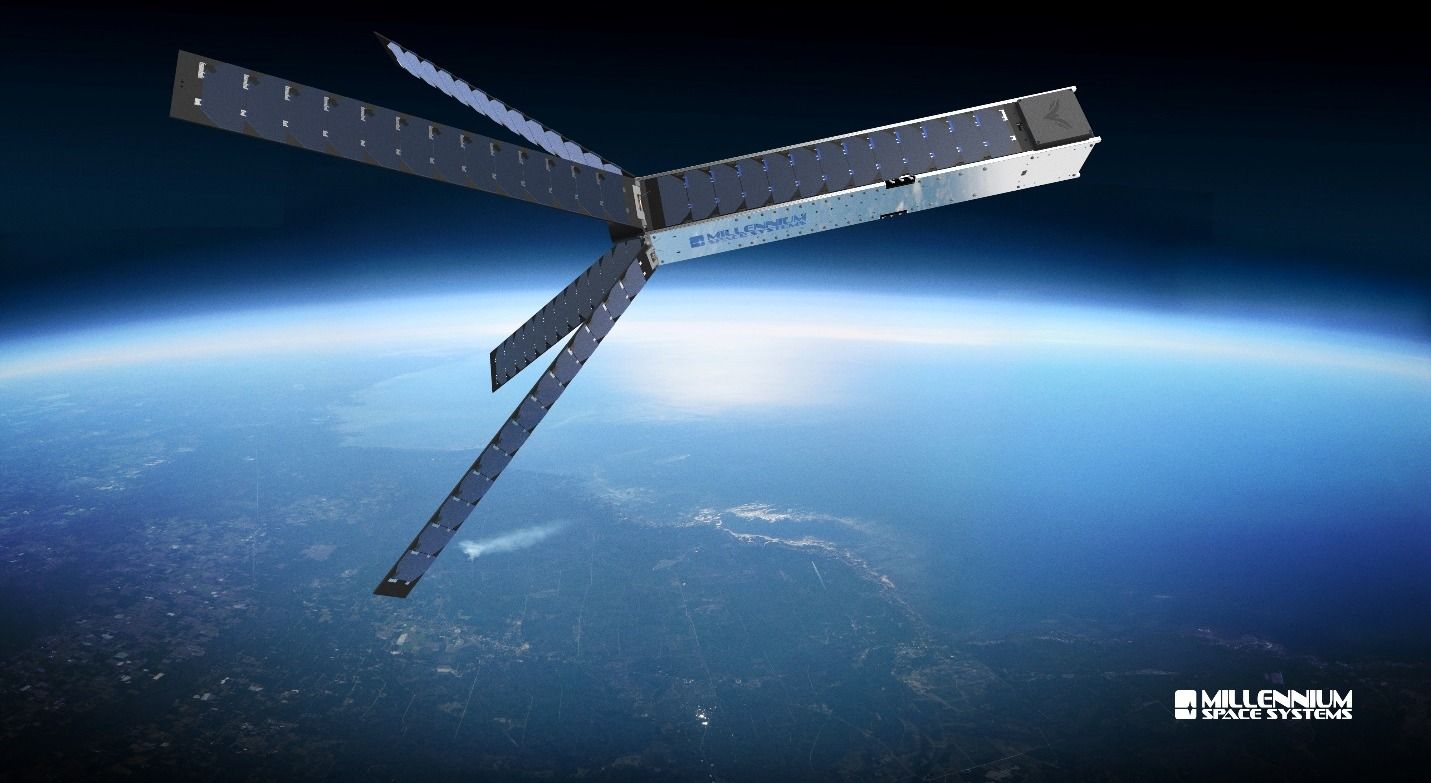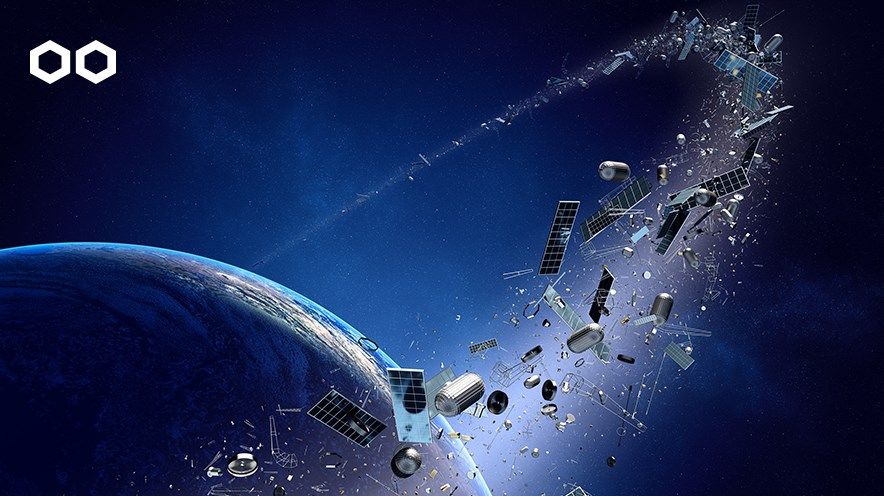Hope folks are realizing this is happening and now real. Not sure what experiments their doing as they have already been experimenting already on hacking.
The world’s first quantum science and communications satellite has been handed over to Chinese scientists for the official start of experiments to test the phenomena of quantum entanglement and ‘unhackable’ quantum communication.
The Quantum Experiments at Space Scale (QUESS) satellite was launched on August 15 last year and soon after began testing its payloads and space-to-ground links.
“The in-orbit test came to a very successful end,” said mission designer and leader Pan Jianwei, an academic at the Chinese Academy of Sciences (CAS) which oversees the institutions involved in the mission.
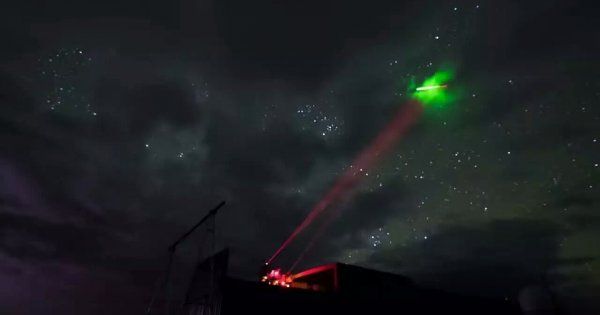
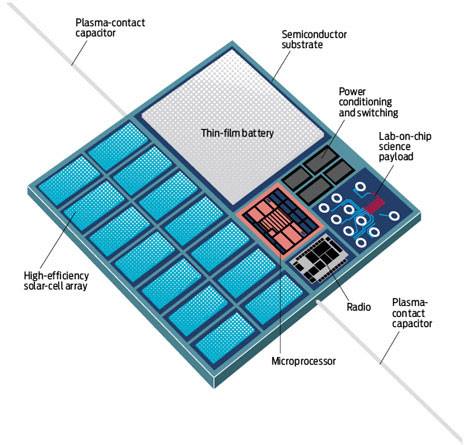
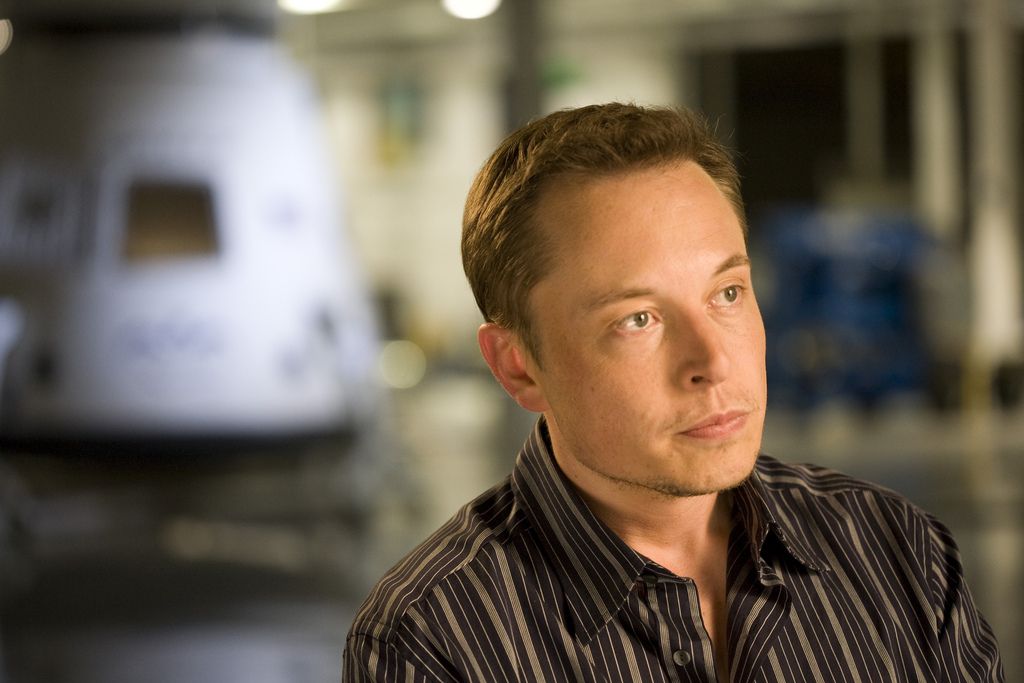

 עברית (Hebrew)
עברית (Hebrew)